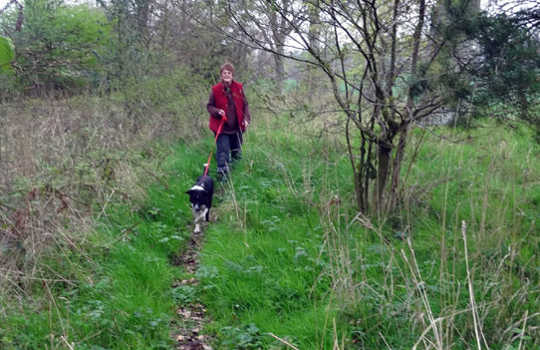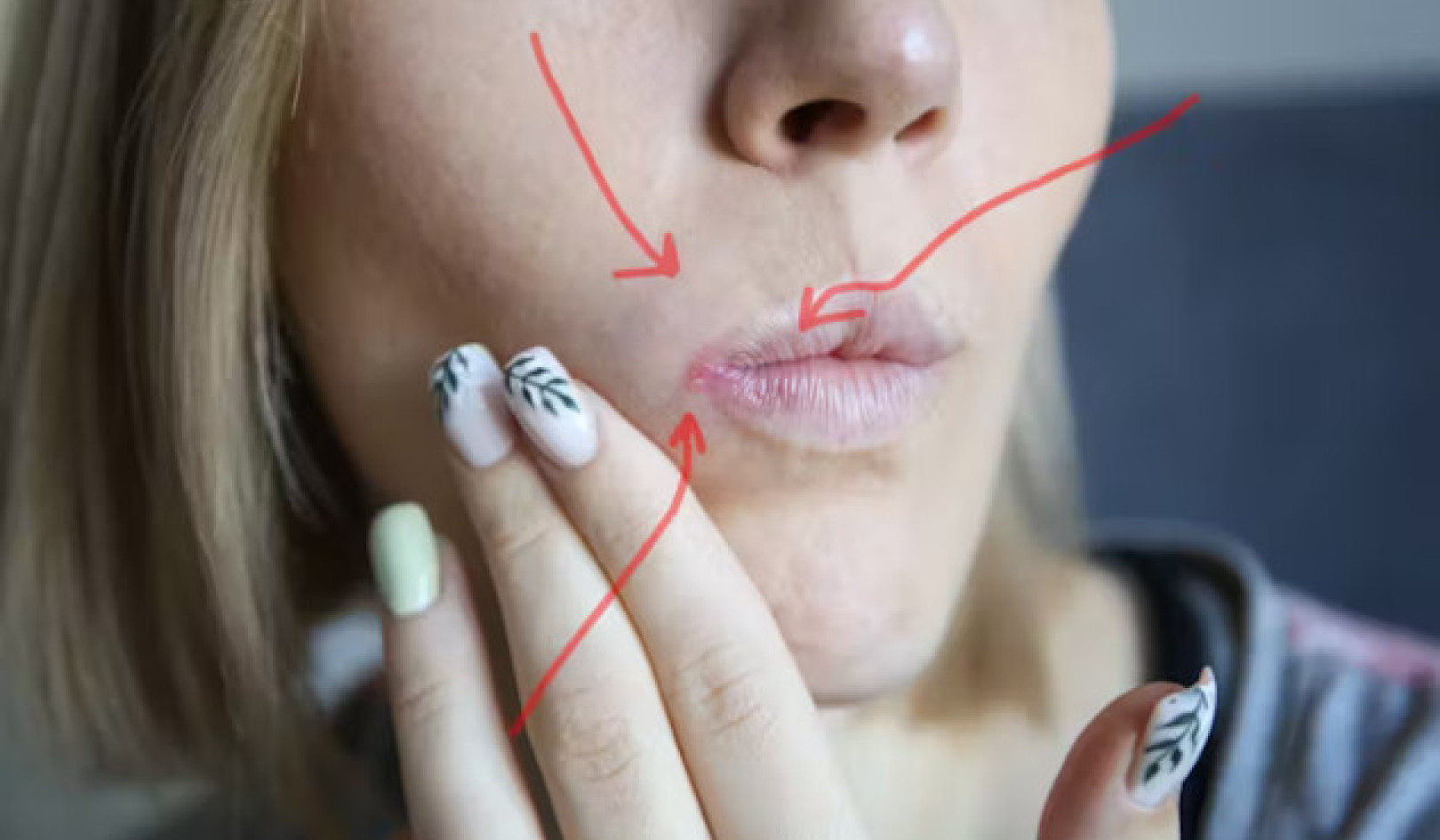
Physical fitness is not only one of the most
important keys to a healthy body;
it is the basis of dynamic and
creative intellectual activity.
— JOHN F. KENNEDY
I know you’ve heard it a million times: Work out, get fit, look after your body. You’ve likely heard a lot of different reasons to become more active — everything from preventing heart disease to affecting hormones. But I’m not here to encourage you to get in shape. In fact, don’t even do anything outside your comfort zone. Don’t train hard or give it your all. You heard me exactly right.
Rather, to boost your creative powers, I suggest mild, mindless activity. Go for a walk around the block. Get up out of your office chair and do some knee bends. Pace from your kitchen to your bedroom and back. Swing your arms in figure-eight formations until it’s mindless. Just get moving.
Here’s a new formula:
Daily Creativity
+
Daily Activity
=
Health, Joy, and Happiness
A 2013 report in the Telegraph News discussed how daily physical activity boosts cognitive creativity. Exercising regularly four times per week or more has been shown to improve our creative ability to come up with solutions.
There is a valid reason why writers often drop everything and go for a walk. The circulation created by a short walk gets things moving in the brain as well as the body. The more your ideas flow, the more at peace you will be while creating. Thus, my formula above.
Relax Your Brain with Idle Time
“Physical activity gets your mind into the bodily experience, so that subconscious connections can pop up,' says Keith Sawyer, an associate professor in the Department of Education at Washington University in St. Louis. “If you take breaks — what I call ‘idle time,’ ideally spent in solitary activities, such as walking, running, or biking — your mind frees up to cross-fertilize so that when you return to intellectual pursuits, you’re far better at connecting ideas that at first glance don’t seem to be obvious or even related."
Set your mind on something else for a short time. Allow your brain to relax from the problem at hand. Relaxing the brain will allow the superior temporal gyrus, the part of the brain responsible for solving problems, to kick in and offer insight. Tensely focusing without rest doesn’t allow this part of the brain to work as efficiently.
When you work out, your body flushes out the stress hormone cortisol, relieving your brain function for creativity and problem solving, rather than constantly working hard at relieving your stress.
In The Creative Habit: Learn It and Use It for Life, legendary choreographer Twyla Tharp details Beethoven’s creative habit: “Although he was not physically fit, Beethoven would start each day with the same ritual: a morning walk during which he would scribble into a pocket sketchbook the first rough notes of whatever musical idea inevitably entered his head. Having done that, having limbered up his mind and transported himself into his version of a trance zone during the walk, he would return to his room and get to work.”
Get Moving and Switch Gears Into Enhanced Creativity
A 2005 report in Creative Research Journal suggests that creative potential is increased for up to two hours after moderate exercise. Thus, although it’s great if you can write immediately after a workout or a walk, you have at least a two-hour window of enhanced creativity. Even better, be prepared to take down ideas as they arise while exercising. According to studies, long-term consistent exercise proves more valuable to creative brain function than a singular occurrence of exercise.
So don’t go hard or excessively long. Just go regularly. Just get moving.
If you’re like me, ideas will rarely show up when you’re sitting at your desk waiting for them. Switch gears when you need to do a little brainstorming. Go for a walk or a bike ride. Do something to take the pressure off of your creative mind, and you’ll be surprised how quickly your creativity kicks in.
Likewise, frustration rarely leads to great ideas. If the particular story you’re working on is not coming together or is missing something you can’t seem to pinpoint, give this one a rest. Work on something else for a while, at least until it feels like the pressure has lifted.
If all else fails, walk it out.
©2017 by Denise Jaden. All Rights Reserved.
Reprinted with permission of the publisher,
New World Library. www.newworldlibrary.com.
Article Source
Story Sparks: Finding Your Best Story Ideas and Turning Them into Compelling Fiction
by Denise Jaden.
 Practical and inspiring, Denise Jaden's approach celebrates the imaginative sparks that make innovations of all kinds possible while pinpointing the precise tools writers need to fan their unique creative flames.
Practical and inspiring, Denise Jaden's approach celebrates the imaginative sparks that make innovations of all kinds possible while pinpointing the precise tools writers need to fan their unique creative flames.
Click here for more info and/or to order this book.
http://www.amazon.com/exec/obidos/ASIN/1608685098/innerselfcom
About the Author
 Denise Jaden wrote her debut novel, Losing Faith, in twenty-one days during NaNoWriMo in 2007. Denise’s other young adult novels include Never Enough, A Christmas Kerril, Foreign Exchange, and Avalanche. Her nonfiction books for writers include Writing with a Heavy Heart and the NaNoWriMo-popular guide Fast Fiction. Her latest how-to writing guide is Story Sparks, out in 2017. In her spare time, she homeschools her son (who is also a fast drafter of fiction), acts in TV and movies, and dances with a Polynesian dance troupe.
Denise Jaden wrote her debut novel, Losing Faith, in twenty-one days during NaNoWriMo in 2007. Denise’s other young adult novels include Never Enough, A Christmas Kerril, Foreign Exchange, and Avalanche. Her nonfiction books for writers include Writing with a Heavy Heart and the NaNoWriMo-popular guide Fast Fiction. Her latest how-to writing guide is Story Sparks, out in 2017. In her spare time, she homeschools her son (who is also a fast drafter of fiction), acts in TV and movies, and dances with a Polynesian dance troupe.
Books by this Author
at InnerSelf Market and Amazon

























